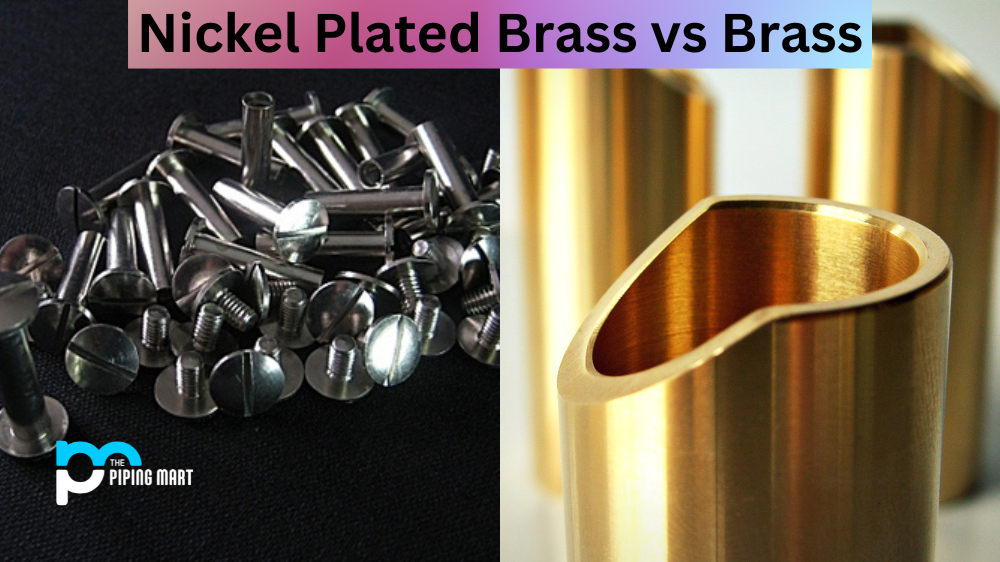Manganese steel is an alloy that combines iron and manganese. It is incredibly strong and highly resistant to wear, making it a popular choice for engineers looking for a durable material for their projects. But how does this incredibly strong steel come into being? Let’s take a look at the manganese steel casting process.
What is Manganese Steel Castings?
Manganese steel castings are a specialized type of steel used for highly impact-resistant parts, such as components for heavy construction, mining, and agricultural equipment. Not only is this material incredibly hard and resistant to wear due to its high manganese content but it is also able to quickly absorb energy from repetitive blows without failure – making it ideal for demanding applications in harsh environments. Manganese steel castings can be manufactured with precise tolerances and excellent surface finish, yet they retain their high strength over a long service life – meaning that less maintenance or replacement is necessary. Ultimately, this makes them an ideal choice whenever superior toughness or toughness combined with wear-resistance is needed.
Casting Process
Manganese steel is produced by pouring molten metal into molds to create castings. The molds used to create manganese steel castings are made using specialized techniques such as sand casting or die casting. The process begins with the creation of the mold, which is usually created out of sand, clay, or plaster of Paris. Once the mold has been created, it must be heated until it reaches a temperature that will allow the molten metal to flow freely into it.
After the mold has been prepared and heated, the molten metal can be poured in. Depending on the casting type (sand casting or die casting), gravity or pressure may be used to force the liquid metal into the mold cavity. Once filled, the mold must cool before it can be opened and removed from the part cavity. This cooling process can take anywhere from a few minutes to several hours, depending on how thick or complex the final part shape is.
Types of Manganese Steel Castings
After cooling has been completed, any excess material can be cut away from the part using specialized tools such as grinders or lathes. Finally, any surface defects can be fixed using various finishing techniques such as polishing or painting.
The types of manganese steel castings available vary greatly depending on what application they will be used in and what properties are desired (such as strength, wear resistance, etc.). Some common types include austenitic manganese steel (AMS), high-strength low-alloy (HSLA) manganese steel, and duplex stainless steel (DSS). Each type offers unique properties that make them ideal for various applications ranging from construction equipment to industrial machinery parts and more!
Conclusion:
Manganese steel castings are incredibly strong and durable materials that are widely used in many industries due to their excellent wear resistance and strength properties. With proper selection and care, manganese steel castings can provide long-lasting results while helping your project stay on budget! By understanding how these materials are produced through a combination of specialized molds and heating processes, engineers can make better-informed decisions when selecting materials for their projects.

Pipingmart is a B2B portal that specializes in metal, industrial and piping items. Additionally, we share the latest information and information about materials, products and various types of grades to assist businesses that are involved in this business.




